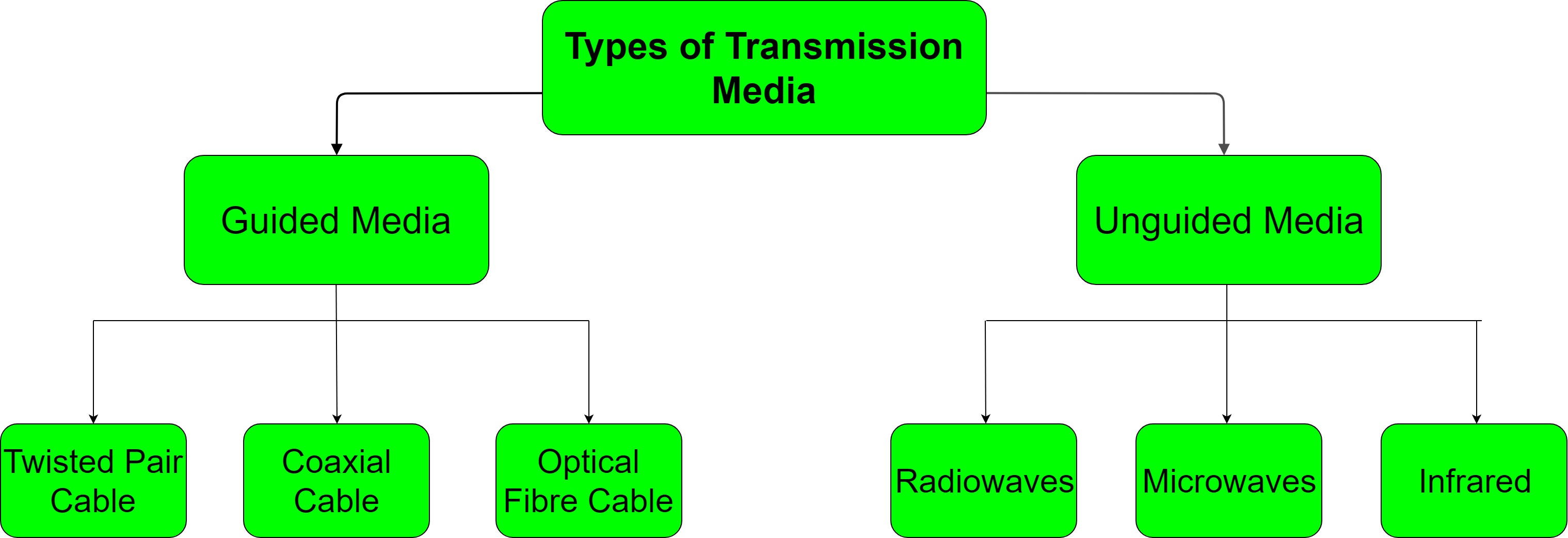Baseband technology is mainly used in ethernet networks to exchange data between nodes.
Coaxial cable types baseband and broadband.
The medium can be coaxial cable optical fiber radio or twisted pair.
The baseband and broadband transmissions are the types of signalling.
The difference between baseband coaxial and broadband coaxial cable is baseband coaxial technology uses digital signaling in which the cable carries only one type of digital signal.
In telecommunications broadband is wide bandwidth data transmission which transports multiple signals and traffic types.
Additionally baseband cables exceeding 0 62 mile in length experience a steady drop in transmission rates unless an amplifier is used.
Baseband cables are commonly used in local area networks.
Baseband coaxial cables are 50 ohm cables used for digital transmission.
There are two types of coaxial cables.
Differentiate between broadband and baseband coaxial cable baseband cables are not capable of transmitting more than one signal at a time and the transmissions are restricted to data and voice.
Where as the.
Total bandwidth of i to 100mbps is provided over coaxial cable utp stp or fiber optic cable.
Broadband coaxial cables are 75 ohm cables that transmit modulated analog signals.
They are digital in nature.
Baseband lan physical.
For 1km cables the bandwidth is 1 2 gbps.
Baseband transmission uses digital signalling and involves digital signal or electrical impulse that can be carried in a physical media such as wires.
Broadband cables are unidirectional but can compensate for this by dividing into different channels.
The broadband transmission uses analog signalling which involves optical signals or signals in the form of an electromagnetic.
This technology can be used on all three popular cable media types of ethernet.
Distance limitations depend on the medium employed and the specifics of the lan protocol.
In the context of internet access broadband is used to mean any high speed internet access that is always on and faster than dial up access over traditional analog or isdn pstn services.
Types of coaxial cables.
Baseband lan is single channel supporting a single communication at a time as shown in figure.
A baseband cable is mainly used for lans.
A broadband coaxial cable can transmit many simultaneous signals using different frequencies.

